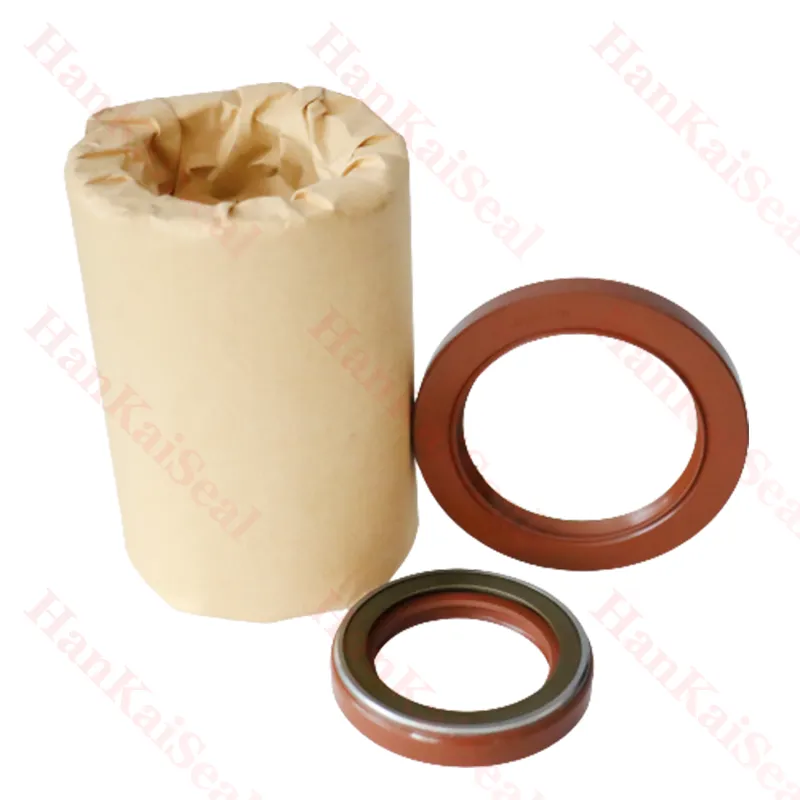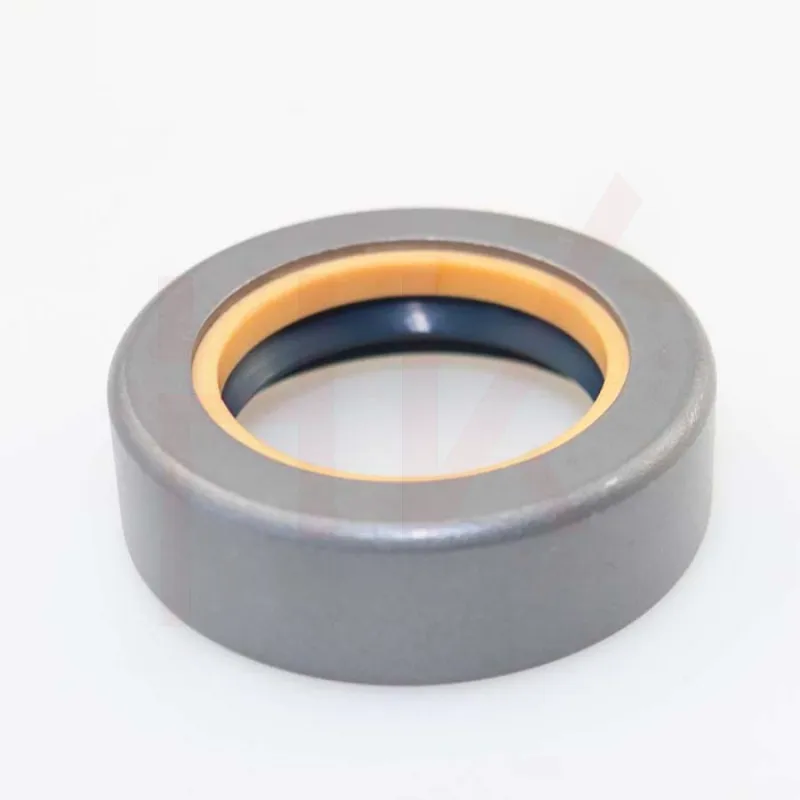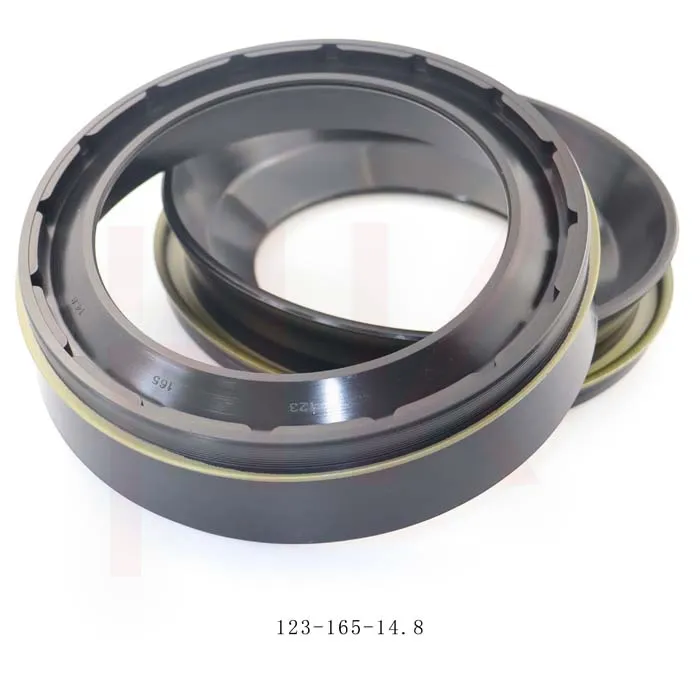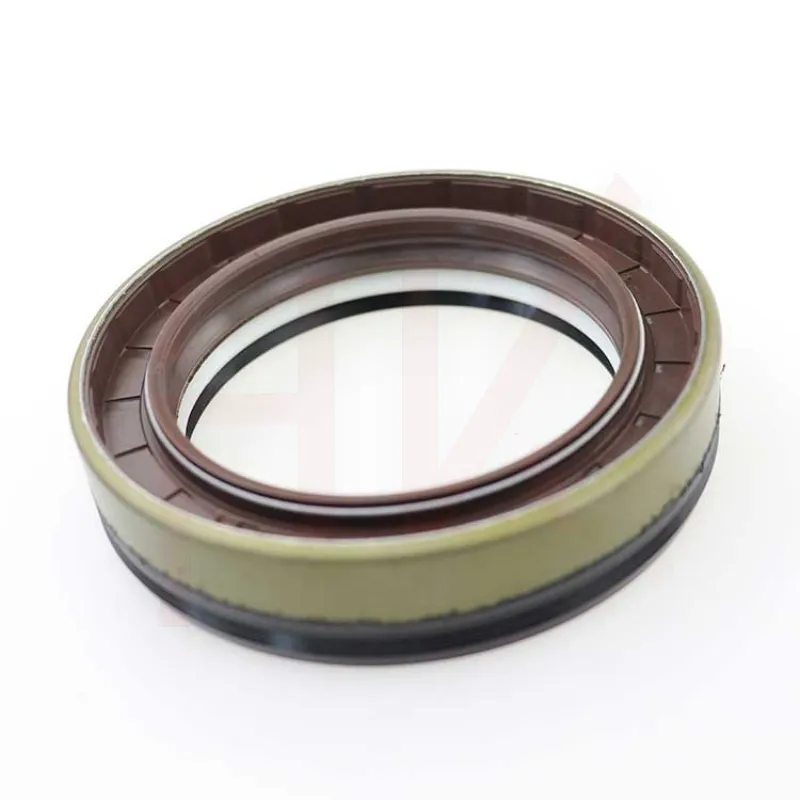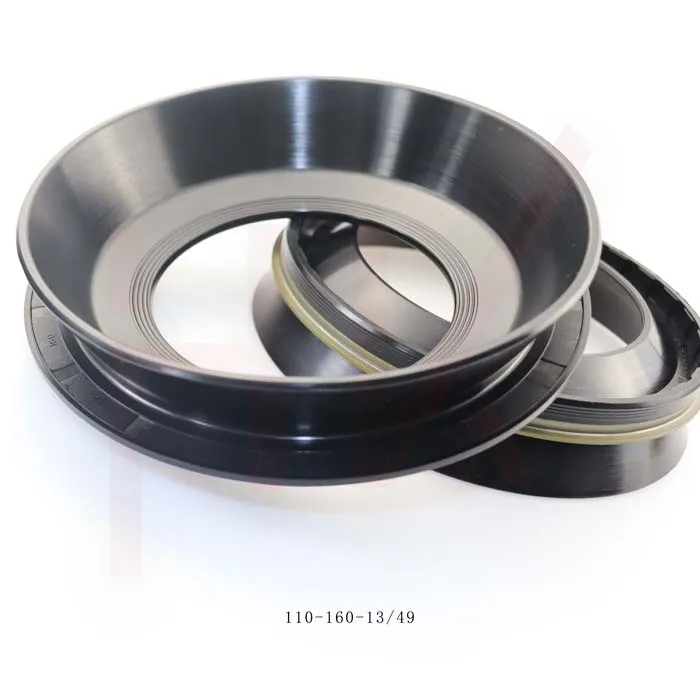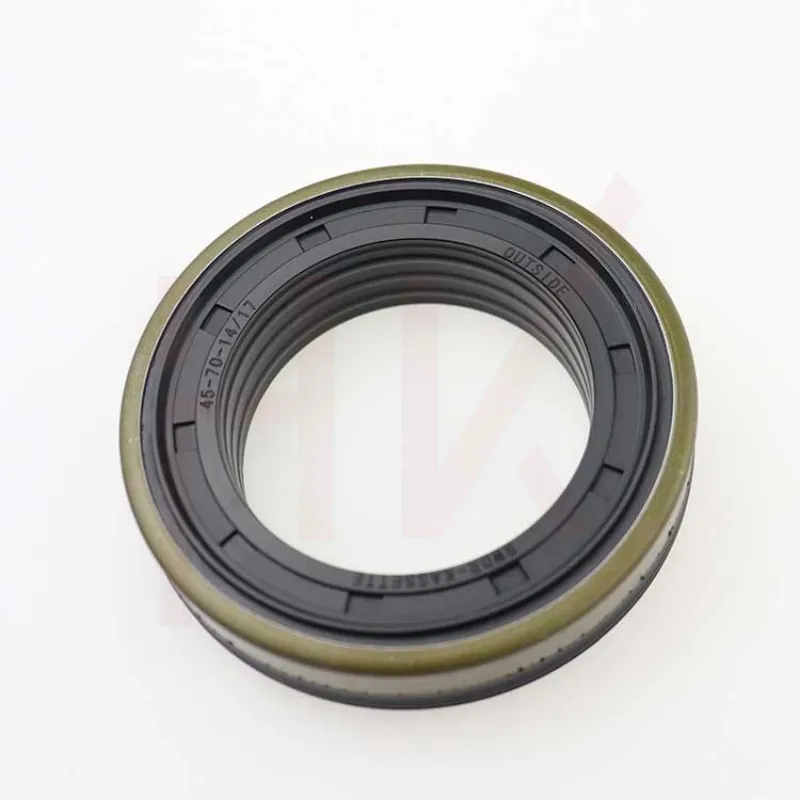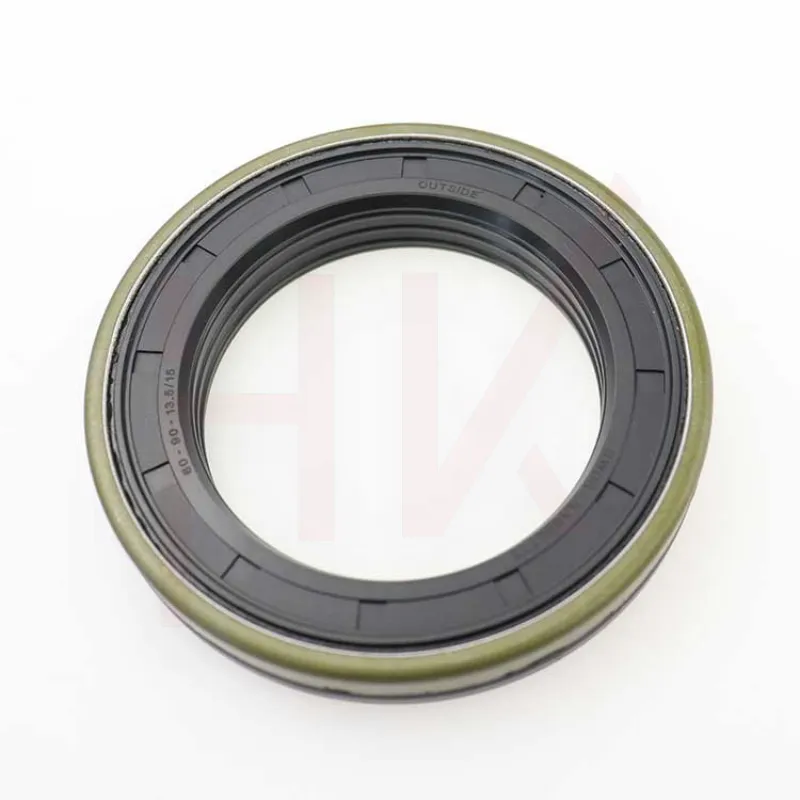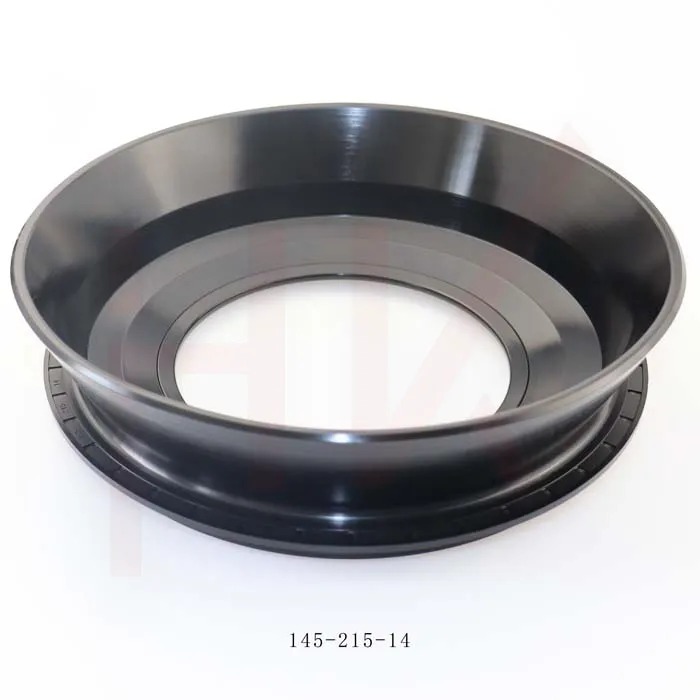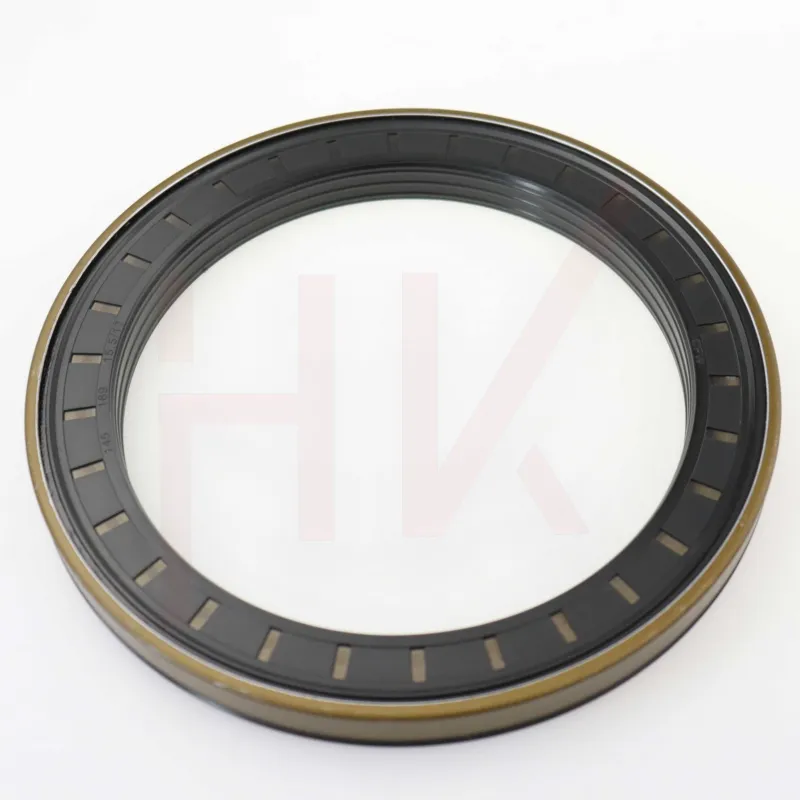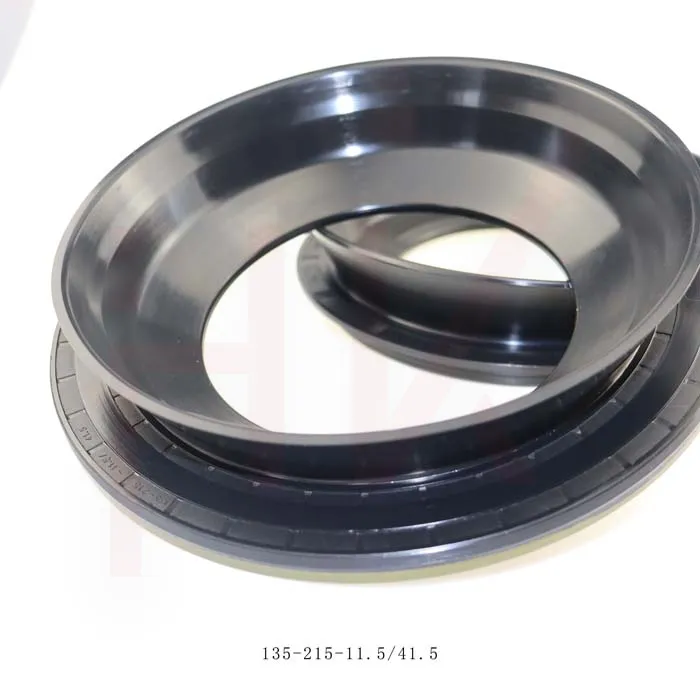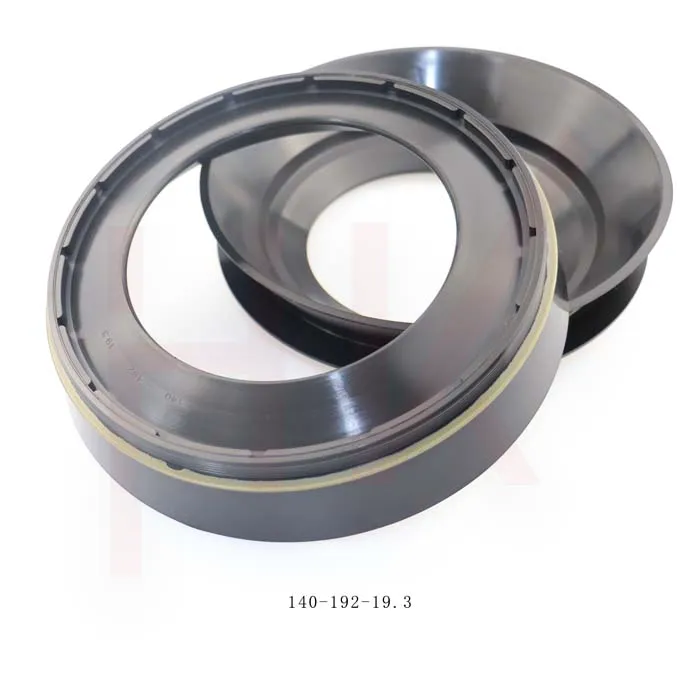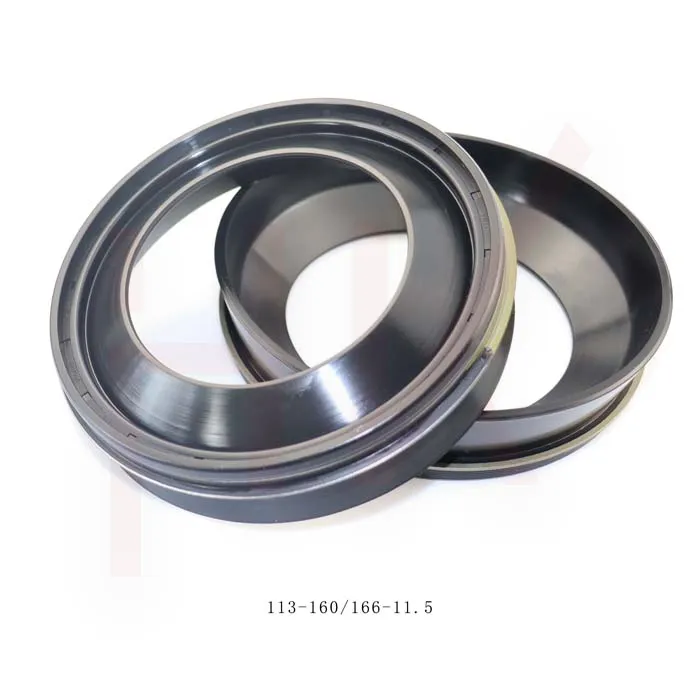Nov . 14, 2024 17:57 Back to list
replacing seals in a hydraulic cylinder
Replacing Seals in a Hydraulic Cylinder A Step-by-Step Guide
Hydraulic cylinders are crucial components in many machinery and applications, providing powerful linear motion by converting hydraulic energy into mechanical energy. Over time, wear and tear can cause leaks in hydraulic cylinders, commonly due to the deterioration of seals. Replacing these seals is essential for maintaining system efficiency and preventing costly fluid loss. Here’s a step-by-step guide to help you through the process of replacing seals in a hydraulic cylinder.
Step 1 Safety First
Before starting any maintenance work, ensure that the hydraulic system is de-energized. Disconnect the power source and relieve any hydraulic pressure in the system. Utilize personal protective equipment (PPE) such as gloves and goggles to protect yourself from hydraulic fluid and stray debris.
Step 2 Remove the Cylinder
Carefully detach the hydraulic cylinder from the machinery or equipment it operates. Take note of the connections and their configurations for easier reassembly. Depending on your cylinder design, you may need to loosen bolts or unscrew fittings.
Step 3 Disassemble the Cylinder
Once the cylinder is removed, place it on a clean work surface. Begin by removing any end caps or retaining rings that hold the cylinder barrel together. Gently tap or pry apart the cylinder components to avoid damage.
Step 4 Inspect Components
After disassembly, inspect all components for signs of wear or damage. This includes the piston rod, cylinder barrel, and retaining rings. Replace any parts that show significant wear, as this can affect the performance of the new seals.
replacing seals in a hydraulic cylinder

Step 5 Remove Old Seals
Carefully remove the old seals from their grooves using a pry tool or flathead screwdriver. Take care not to scratch or damage the sealing surfaces, as this can lead to future leaks.
Step 6 Install New Seals
Clean the sealing surfaces thoroughly before installing new seals. Apply a thin layer of hydraulic oil to the new seals for lubrication, which helps during installation and can extend seal life. Carefully place the seals into their respective grooves, ensuring they are seated evenly.
Step 7 Reassemble the Cylinder
Reassemble the cylinder by reversing the disassembly steps. Ensure all parts are aligned correctly, and secure the end caps or retaining rings as needed. Tighten all bolts to the manufacturer’s specifications.
Step 8 Test the System
Reinstall the hydraulic cylinder into the machinery, reconnect all lines and fittings, and restore the hydraulic pressure gradually. Monitor for any signs of leakage during initial operation.
By following these steps, you can effectively replace seals in a hydraulic cylinder, ensuring optimal performance and prolonging the life of your equipment. Regular maintenance of hydraulic systems is key to reliability and efficiency.
-
Reliable Oil Seal Wheel Hub Solutions for Industrial & Automotive Use
NewsNov.17,2025
-
Durable Front Hub Oil Solutions for Industry – HKAiSeal
NewsNov.17,2025
-
Wholesale Hydraulic Pump Motor Seal Kit A4VSO250 | In Stock
NewsNov.17,2025
-
Pump Seal Kits: Essential Components for Industrial Reliability
NewsNov.17,2025
-
TCV Oil Seal - Double-Lip, Spring-Loaded, High Temp & Wear
NewsNov.17,2025
-
Hydraulic Seal Kits: Reliable Solutions for Industrial Equipment
NewsNov.17,2025
-
Combined oil seal 659214 12001903B, fits 119990, NBR OEM
NewsNov.17,2025
Products categories

